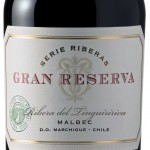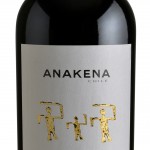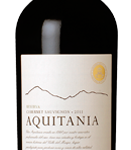Sofia Garcia Schwaderer Pinot Noir
CLP
García Schwaderer, Sofía, 750 ml
Variété: Pinot Noir
Vignoble García Schwaderer, Casablanca Valley
Composition: 100% Pinot Noir
Vintage: 2012
Oenologue: Felipe Garcia – Constanza Schwaderer
Jumelage: This is a brilliant wine to be pair with strong cheeses or a creamy seafood pasta dish. Servir à 14-16 ° C (57-61°F).
Dégustation:
Couleur: This is a delicate and elegant wine which although it is not too old, has already an intense evolved black colour.
Arômes: Le nez, it has medium-high aromatic intensity. Upfront aromas of black fruit well matured, deep and slightly spicy. It shows an animal dot that does not displease.
Bouche: The wine is focused and powerful with fresh acidity. It is balanced round wine. Subtle hints of cocoa and toasted. The work of the cellar with this wine is so prominent that has sparked interest in Burgundy, cradle of the variety.
Valeur de référence – Cas de 9 litres – équivalent à 12 bottles of 750 cc.
Free on board (FOB) at Valparaíso docks, à partir de (USD) US $ 108 to US$ 126.
Description du Produit
The García Schwaderer Sofía Pinot Noir, comes from the coolest areas inside Casablanca Valley, this wine is the result of a blend of different clones from Santa Rosa area vineyards. Pinot Noir vines are of 14 et 15 years old planted over a red granitic soil which helps to produce a very balanced fruit, with great tannins. The production yield of these fields is an average of 6 tons per hectare.
The Casablanca Valley is a wine producing region 75 km (47 ma) northwest of Santiago. The valley takes its name from the commune of Casablanca and stretches roughly 30 km (19 miles) east-west from eastern border of the Valparaíso province in the Valparaíso region. Vines were first planted here in the mid-1980s during the revitalization of the Chilean wine industry and quickly became known for its white wines, most notably Sauvignon Blanc and Chardonnay, as well as Pinot Noir, which thrives in its cooler climate. Although the valley is located at 33°S, much closer to the Equator than any European vineyard, viticulture here is possible because of the cooling influence of the Humboldt Current of the Pacific Ocean; in the shape of cool morning fogs and greater cloud cover than is found elsewhere in the north of Chile.






